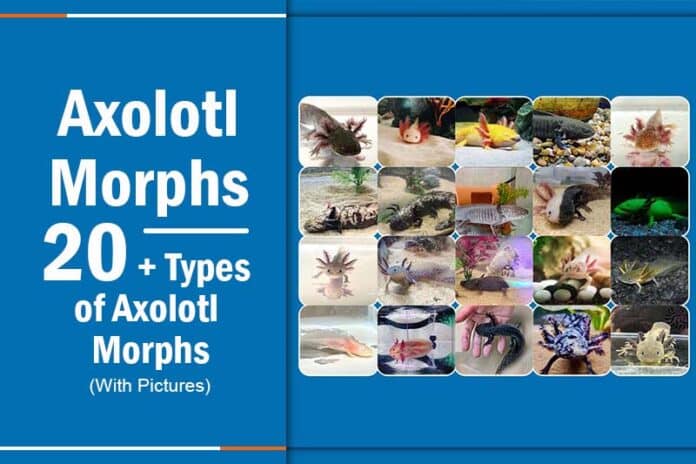Ever wondered how to add a splash of vibrant aquatic beauty to your living space? Are you an avid aquarium enthusiast looking to explore the captivating world of exotic aquatic pets? Perhaps you’re a potential axolotl owner seeking to embrace the unique charm of these mesmerizing creatures. If these questions resonate with you, look no further! Our blog, “20 + Types of Axolotl Morphs” is here to unravel the secrets of these enchanting aquatic beings and guide you through the mesmerizing array of axolotl morphs. Join us as we dive into a world teeming with color, patterns, and the wonder of underwater life.
What Are Axolotl Morphs?
Axolotl morphs refer to various color and pattern variations of the axolotl, a fascinating species of salamander originating from Mexico. These distinct morphs are carefully developed through a breeding process known as selective breeding. As a result of this deliberate breeding, we now have an impressive array of over 20 different morphs, each showcasing its own distinct and captivating appearance. These morphs add to the diversity and beauty of the axolotl community, making them an intriguing choice for enthusiasts and individuals looking to enhance their aquatic environment.
20 + Types of Axolotl Morphs
In this comprehensive guide, we’ll take an in-depth look at the fascinating world of axolotl morphs, featuring an exciting collection of over 20 distinct types. For a deeper appreciation, each morph will be accompanied by vibrant pictures that beautifully showcase their unique traits and individual charm. Let’s begin this captivating exploration!
Wild type Axolotl

The natural and classic appearance of the axolotl, with dark skin and shiny black eyes.
Leucistic Axolotl
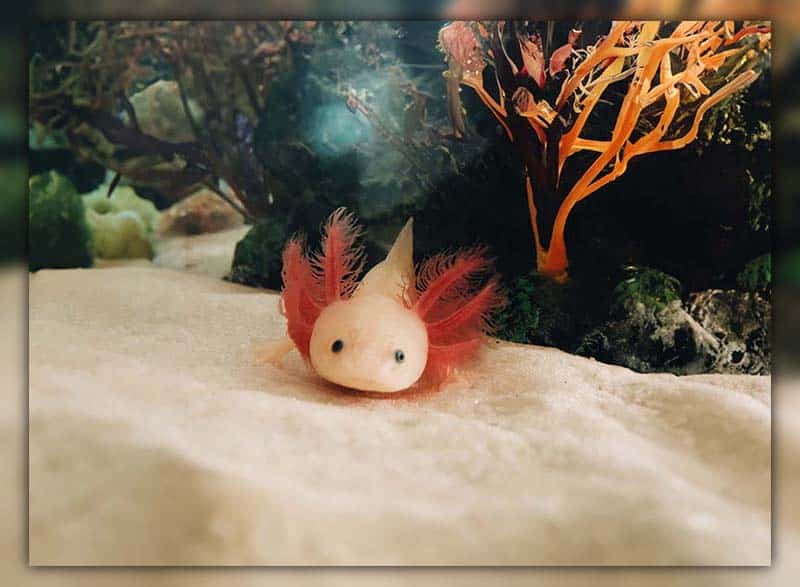
A striking white or pale pink axolotl with pinkish eyes, lacking melanin but still captivating.
Golden Albino Axolotl
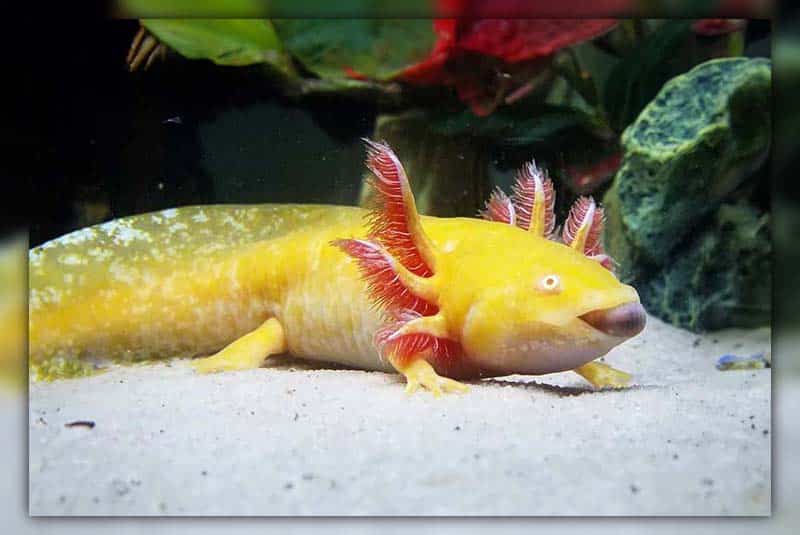
A beautiful golden-hued axolotl with pinkish tones and red eyes, showcasing a stunning albino mutation.
Melanic Axolotl
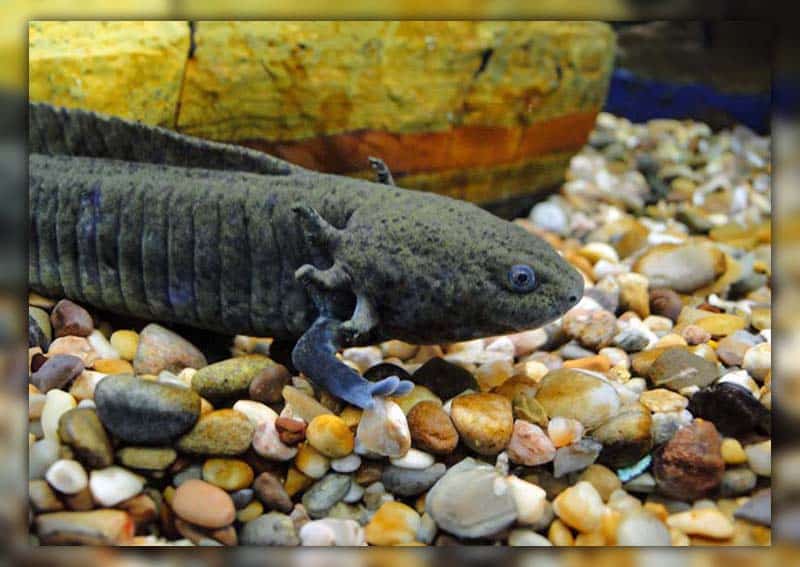
A darker-hued axolotl, often black, due to an excess of melanin, creating a unique and attractive contrast.
Copper Axolotl
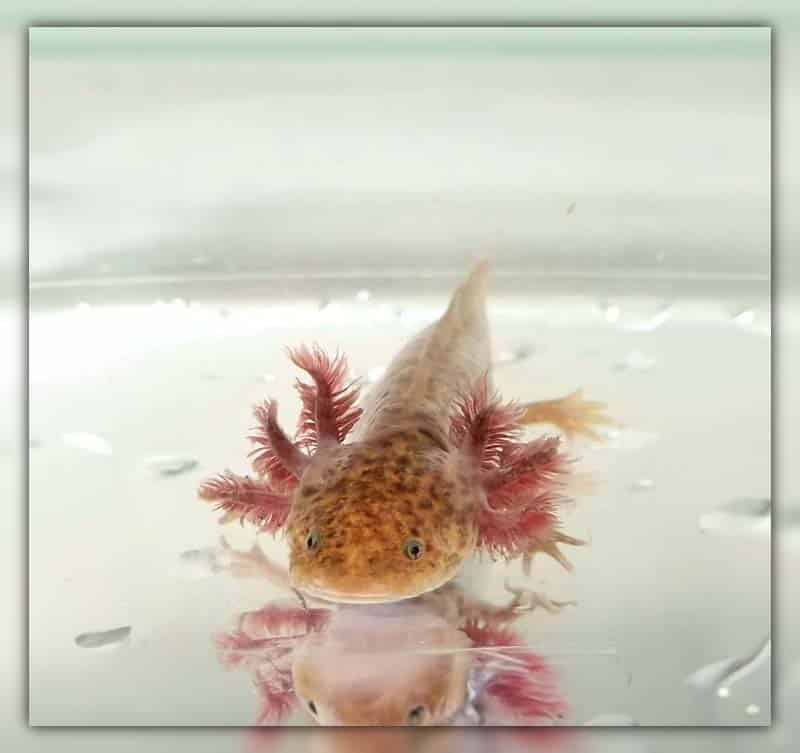
An axolotl with a rich, coppery hue, adding a warm and alluring tone to the overall appearance.
Mosaic Axolotl
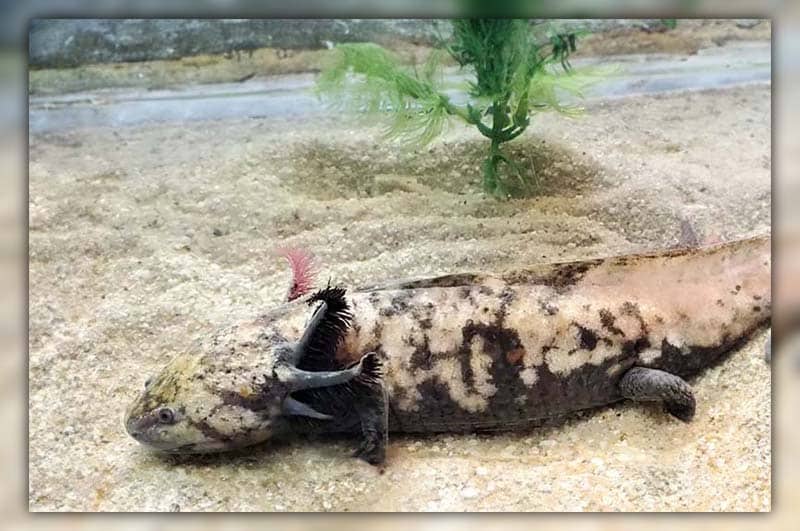
A visually captivating axolotl with a mix of various patterns and colors, creating a mosaic-like effect.
Piebald Axolotl
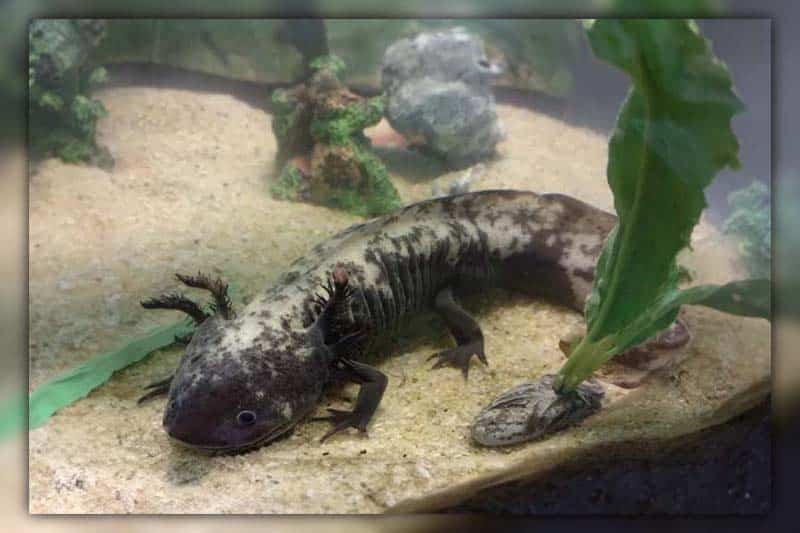
An axolotl with distinct patches of color against a lighter background, giving a piebald or “patchy” appearance.
Axanthic Axolotl
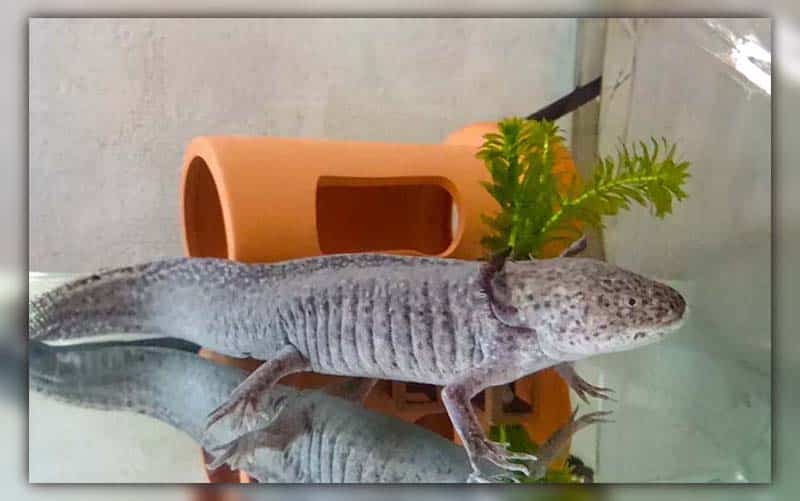
An axolotl with reduced yellow pigmentation, resulting in a more grayscale or silver-toned coloration.
Green Fluorescent Protein (GFP) Axolotl
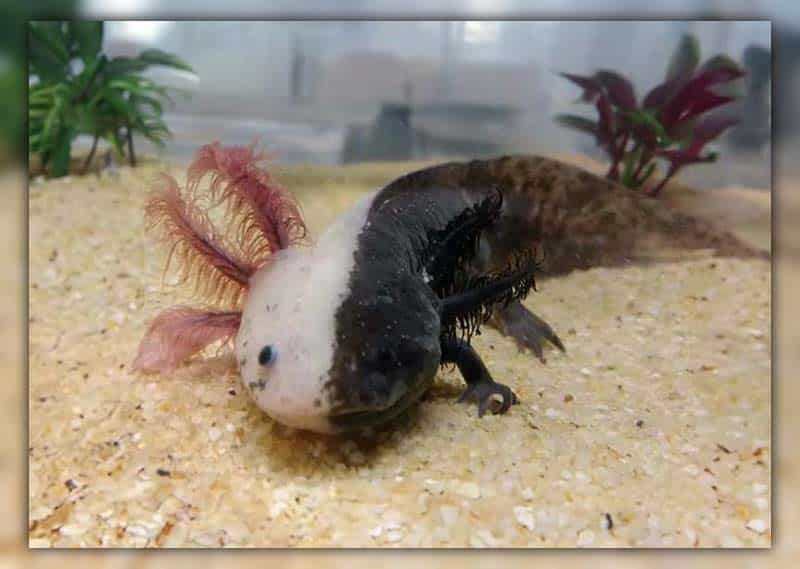
An axolotl genetically modified to express green fluorescent protein, causing them to emit a greenish glow under certain lighting conditions.
Chimera Axolotl
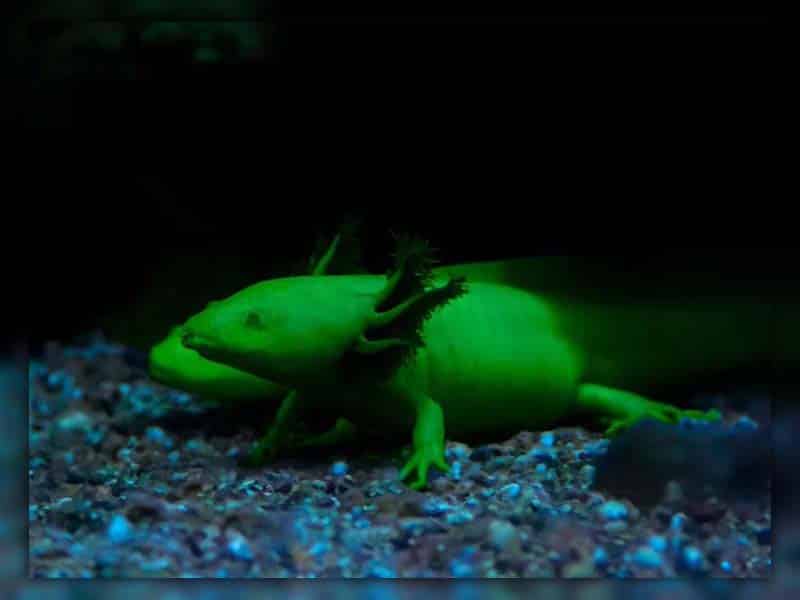
An axolotl that possesses cells with different genetic makeup, creating a unique and captivating blend of colors and patterns.
Lavender Axolotl
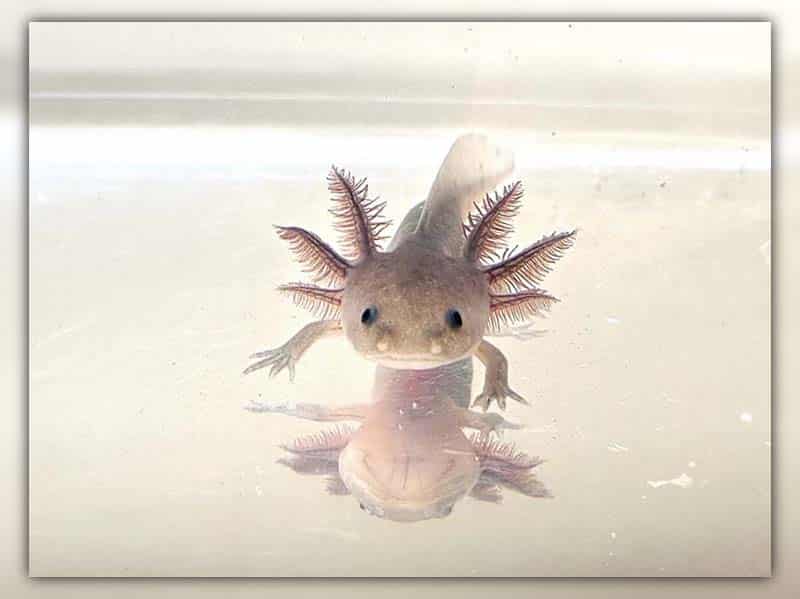
An enchanting axolotl with a beautiful lavender or pale purple hue, captivating the eye with its soft and delicate coloration. This morph is highly sought after for its unique and calming appearance, adding a touch of elegance to any aquatic environment.
Dalmatian Axolotl
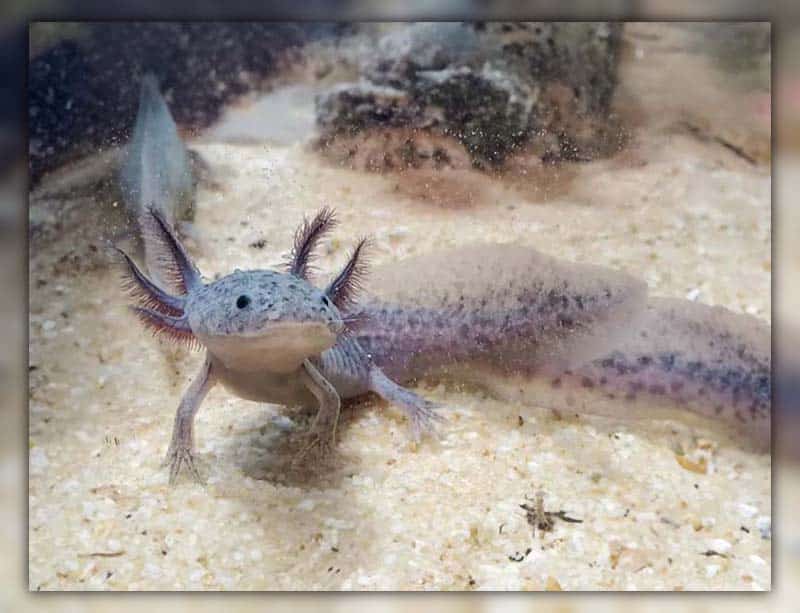
A delightful axolotl with distinctive black spots, reminiscent of a Dalmatian dog’s coat, adding a playful and charming element to its appearance.
Speckles Axolotl
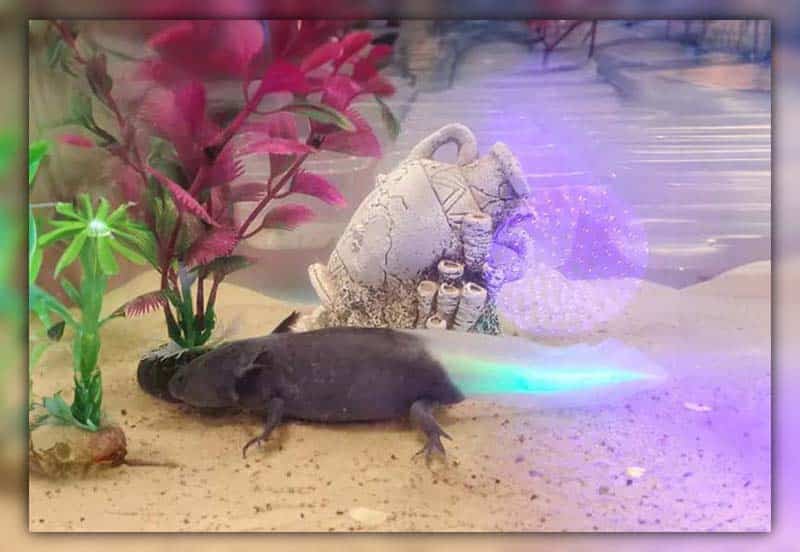
An axolotl adorned with small, scattered speckles across its body, providing a unique and interesting pattern that catches the eye.
GFP Firefly Axolotl
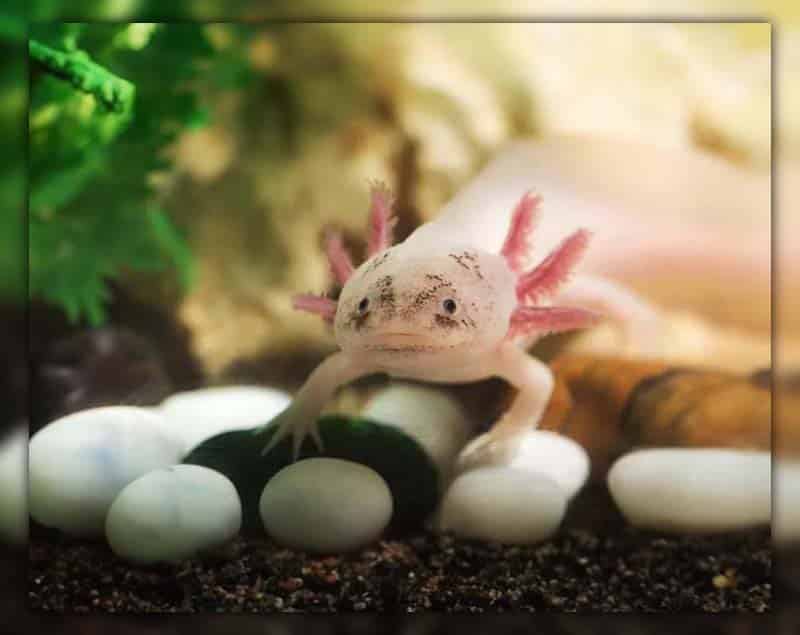
An axolotl genetically modified to express green fluorescent protein, resulting in a mesmerizing, glowing effect resembling the luminescence of a firefly.
Enigma Axolotl
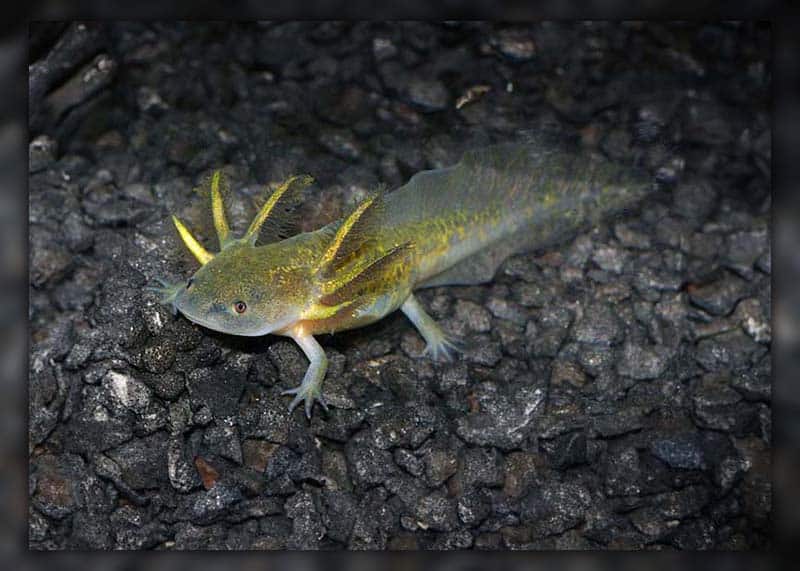
An axolotl with a distinctive and mysterious appearance, characterized by a unique blend of colors and patterns, making each individual stand out.
White Albino Axolotl
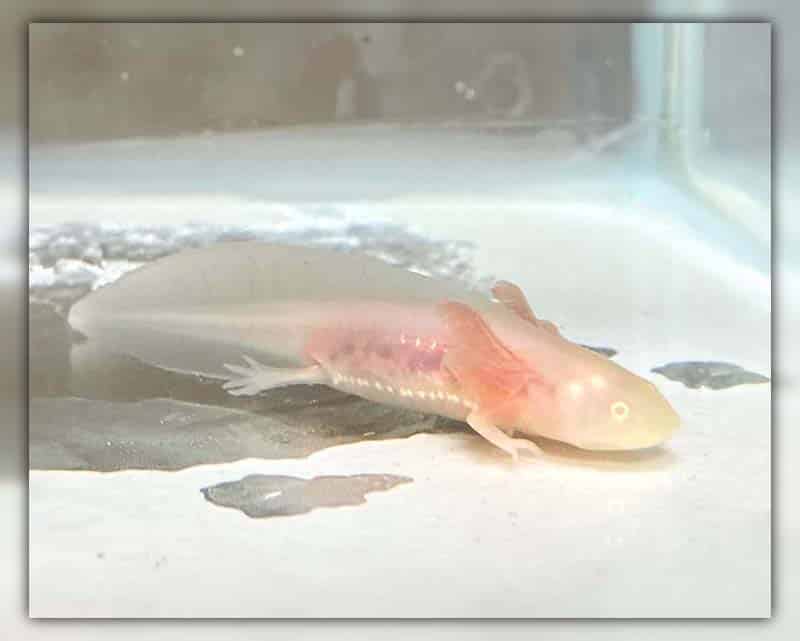
A stunning axolotl with a pure white hue and red or pink eyes, creating a beautiful albino morph that exudes grace and elegance.
Caramel Axolotl
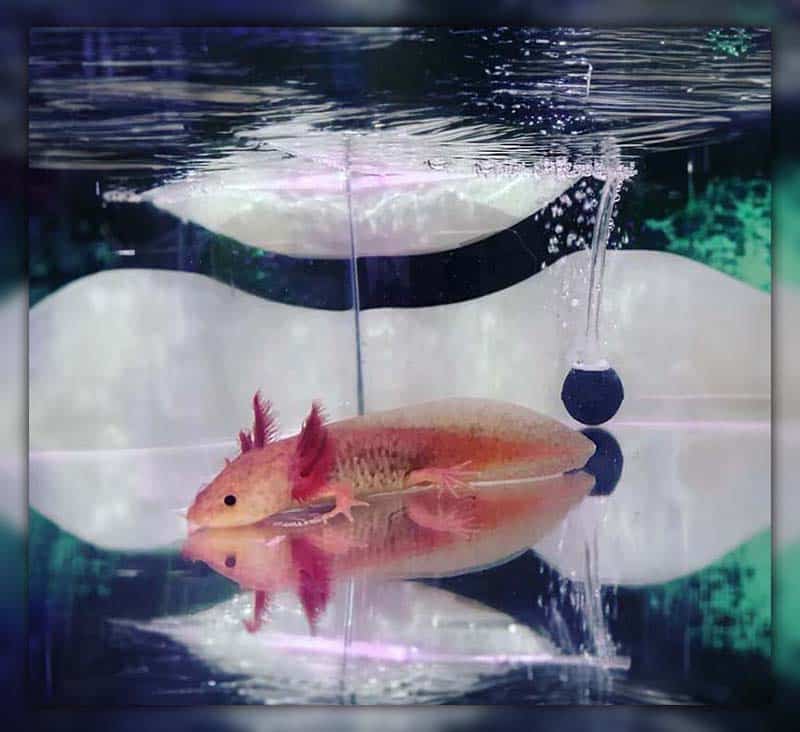
An axolotl with a warm caramel or tan coloration, bringing a rich and inviting tone to the aquarium, adding a touch of uniqueness.
Blue Axolotl
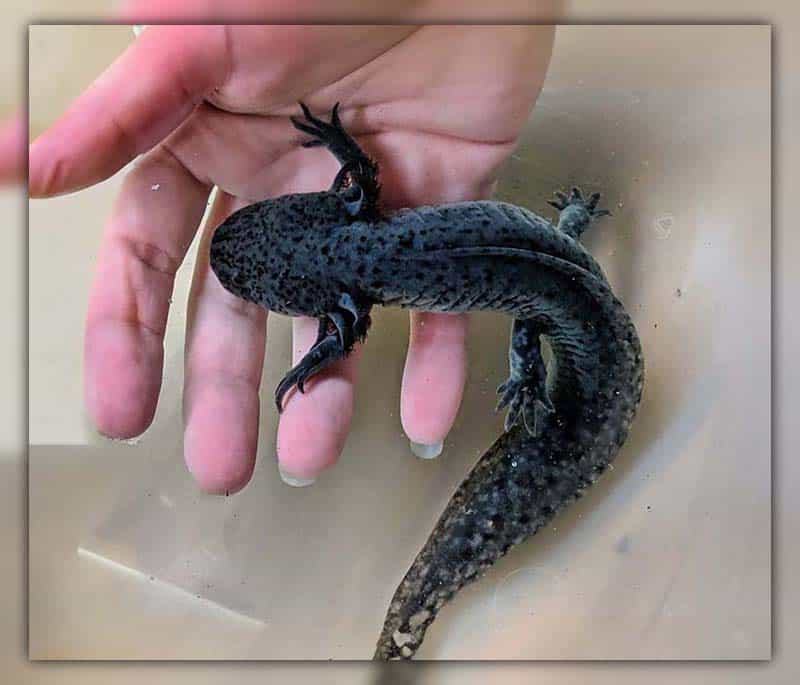
A captivating axolotl with a striking blue coloration, ranging from light sky blue to deep navy blue, making it a highly desired and eye-catching morph.
GFP Chimera Axolotl
An axolotl showcasing a chimera effect through green fluorescent protein, resulting in a mesmerizing blend of different colors and patterns, creating a truly remarkable appearance.
GFP Mosaic Axolotl
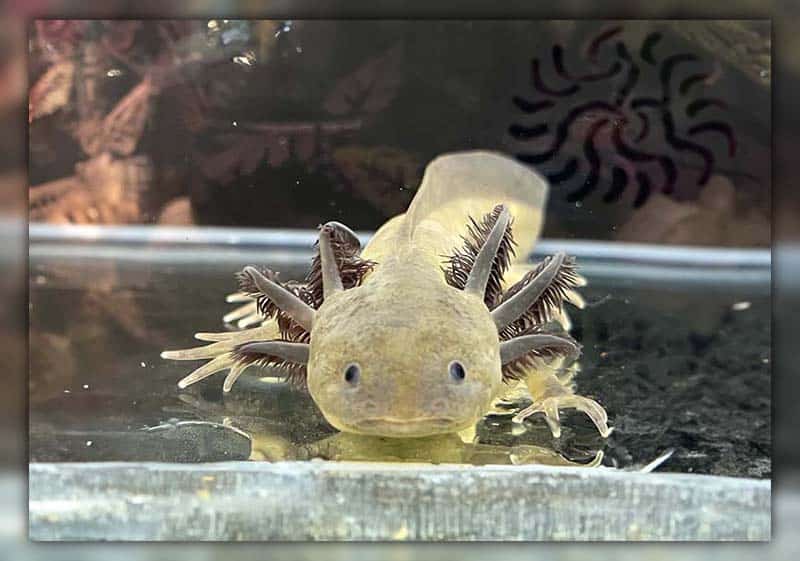
An axolotl with a vibrant mosaic pattern due to the expression of green fluorescent protein, offering a visually dynamic and intricate display of colors and designs.
How to Care for Axolotl Morphs
Axolotl morphs are delightful aquatic creatures and caring for them is relatively straightforward, similar to their standard counterparts. Let’s delve into the specifics to ensure they thrive in a healthy environment:
Aquarium Requirements
- Provide a spacious aquarium to accommodate their needs, allowing ample room for movement and growth.
- Ensure the tank has a secure lid to prevent escapes, as axolotls are skilled escape artists.
Water Conditions
- Maintain a cool water temperature between 60-68 degrees Fahrenheit (15-20 degrees Celsius), as axolotls are cold-water species.
- Regularly monitor water parameters such as pH, ammonia, nitrite, and nitrate levels to maintain optimal water quality.
Water Quality Maintenance
- Conduct a 20-30% water change on a weekly basis to keep the water fresh and clean.
- Remove any uneaten food, debris, or waste promptly to maintain good water quality and prevent stress on your axolotls.
Diet and Nutrition
- Offer a well-rounded, high-quality diet primarily consisting of live food to meet their carnivorous needs.
- Recommended live food includes earthworms, bloodworms, brine shrimp, and daphnia. You can also offer occasional frozen or pelleted foods.
Habitat Enrichment
- Create a comfortable environment with ample hiding spots using rocks, driftwood, PVC pipes, and live plants.
- Live plants not only provide hiding places but also contribute to water quality by absorbing excess nutrients.
Monitoring and Observation
- Regularly observe your axolotls for any signs of distress, illness, or abnormal behavior.
- If you notice anything unusual, such as changes in appetite, unusual growths, or discoloration, consult a vet with experience in exotic aquatic animals.
As we conclude our adventure into the captivating universe of axolotl morphs, we’ve only scratched the surface of the vibrant palette these enchanting creatures possess. Exploring the “20 + Types of Axolotl Morphs” has been a true delight.
If you’re hungry for more aquatic marvels and captivating insights, be sure to check out our other blogs at National Park Aquarium. Dive deeper into the world of aquatic wonder and discover more about the amazing creatures that grace our aquatic landscapes. Stay tuned for more aquatic discoveries and delightful stories!
See more:
Axolotl Food: A Guide to Healthy Feeding
10+ Best Axolotl Tank Mates (With Pictures)

